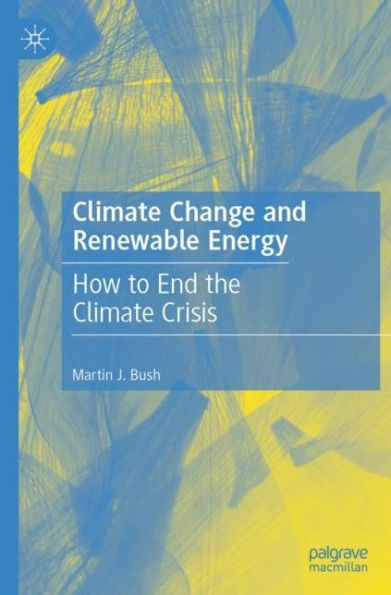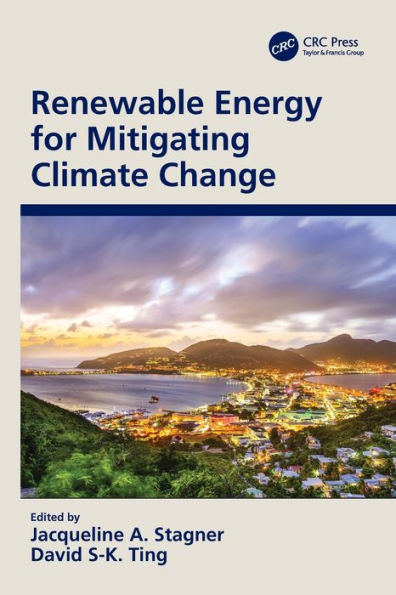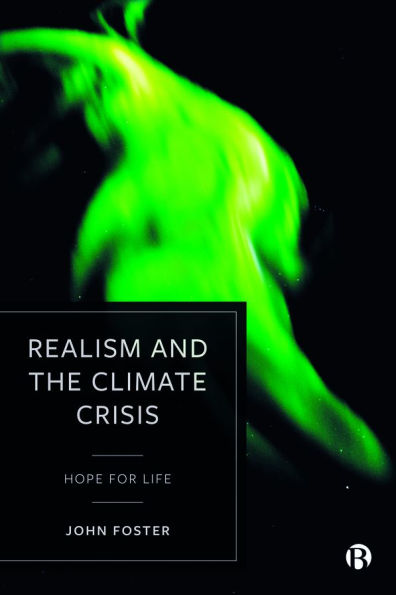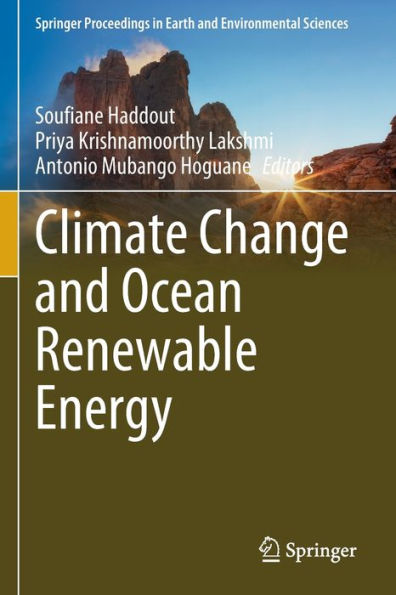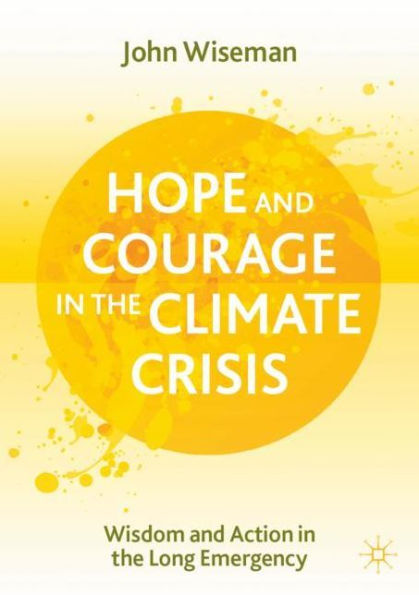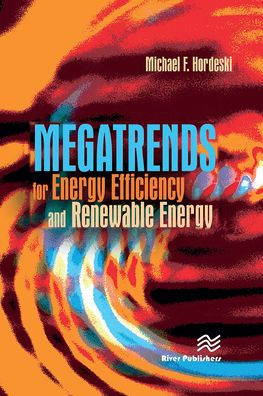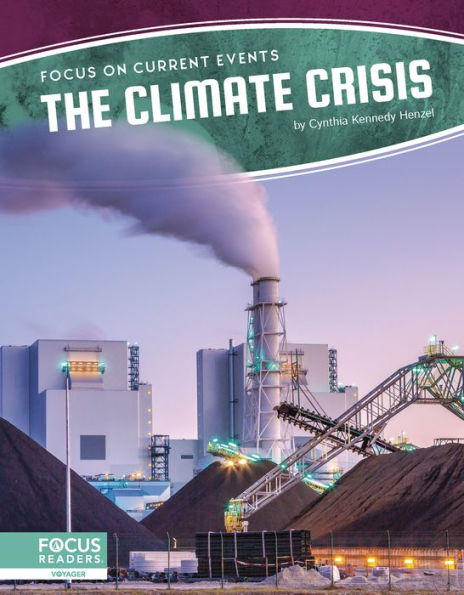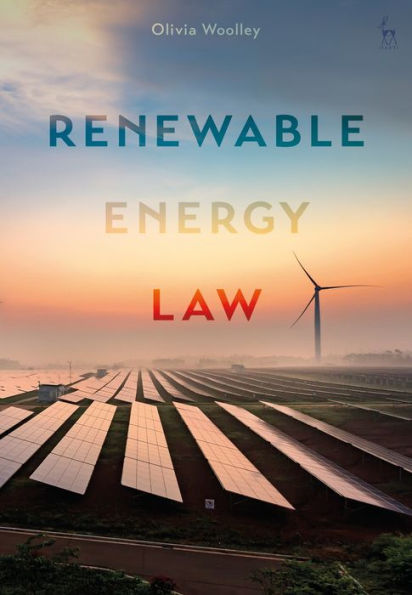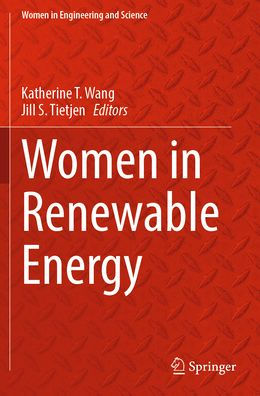Home
Who Owns the Wind?: Climate Crisis and Hope of Renewable Energy
Barnes and Noble
Loading Inventory...
Who Owns the Wind?: Climate Crisis and Hope of Renewable Energy
Current price: $26.95
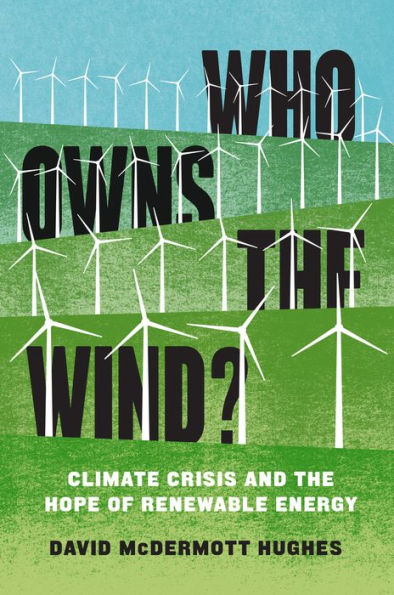
Barnes and Noble
Who Owns the Wind?: Climate Crisis and Hope of Renewable Energy
Current price: $26.95
Loading Inventory...
Size: Paperback
*Product information may vary - to confirm product availability, pricing, shipping and return information please contact Barnes and Noble
Why the wind, and energy it produces, should not be private property
The energy transition has begun. To succeed—to replace fossil fuels with wind and solar power—that process must be fair. Otherwise, mounting pop- ular protest against wind farms will prolong carbon pollution and deepen the climate crisis. David McDermott Hughes examines that anti-industrial, anti- corporate resistance, drawing on his time spent conducting field research in a Spanish village surrounded by wind turbines.
In the lives of a community freighted with centuries of exploitation—people whom the author comes to know intimately—clean power and social justice fit together only awkwardly. A green economy will require greater efforts to get ordinary people such as these on board. Aesthetics, livelihood, property, and, most essentially, the private nature of wind resources—all these topics must be examined with fresh eyes.
The energy transition has begun. To succeed—to replace fossil fuels with wind and solar power—that process must be fair. Otherwise, mounting pop- ular protest against wind farms will prolong carbon pollution and deepen the climate crisis. David McDermott Hughes examines that anti-industrial, anti- corporate resistance, drawing on his time spent conducting field research in a Spanish village surrounded by wind turbines.
In the lives of a community freighted with centuries of exploitation—people whom the author comes to know intimately—clean power and social justice fit together only awkwardly. A green economy will require greater efforts to get ordinary people such as these on board. Aesthetics, livelihood, property, and, most essentially, the private nature of wind resources—all these topics must be examined with fresh eyes.
Why the wind, and energy it produces, should not be private property
The energy transition has begun. To succeed—to replace fossil fuels with wind and solar power—that process must be fair. Otherwise, mounting pop- ular protest against wind farms will prolong carbon pollution and deepen the climate crisis. David McDermott Hughes examines that anti-industrial, anti- corporate resistance, drawing on his time spent conducting field research in a Spanish village surrounded by wind turbines.
In the lives of a community freighted with centuries of exploitation—people whom the author comes to know intimately—clean power and social justice fit together only awkwardly. A green economy will require greater efforts to get ordinary people such as these on board. Aesthetics, livelihood, property, and, most essentially, the private nature of wind resources—all these topics must be examined with fresh eyes.
The energy transition has begun. To succeed—to replace fossil fuels with wind and solar power—that process must be fair. Otherwise, mounting pop- ular protest against wind farms will prolong carbon pollution and deepen the climate crisis. David McDermott Hughes examines that anti-industrial, anti- corporate resistance, drawing on his time spent conducting field research in a Spanish village surrounded by wind turbines.
In the lives of a community freighted with centuries of exploitation—people whom the author comes to know intimately—clean power and social justice fit together only awkwardly. A green economy will require greater efforts to get ordinary people such as these on board. Aesthetics, livelihood, property, and, most essentially, the private nature of wind resources—all these topics must be examined with fresh eyes.
